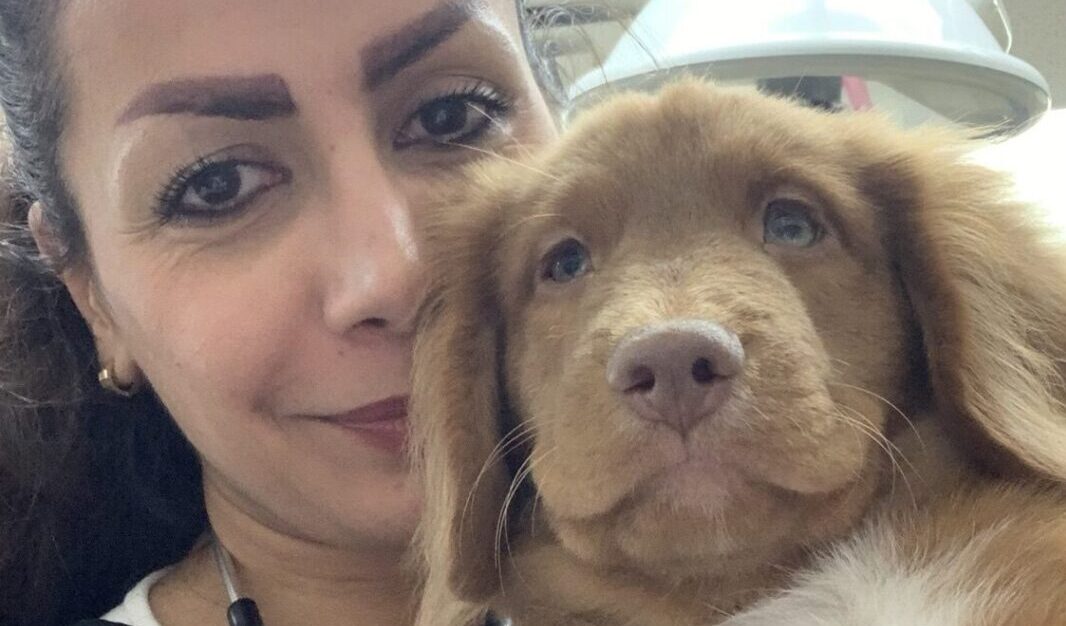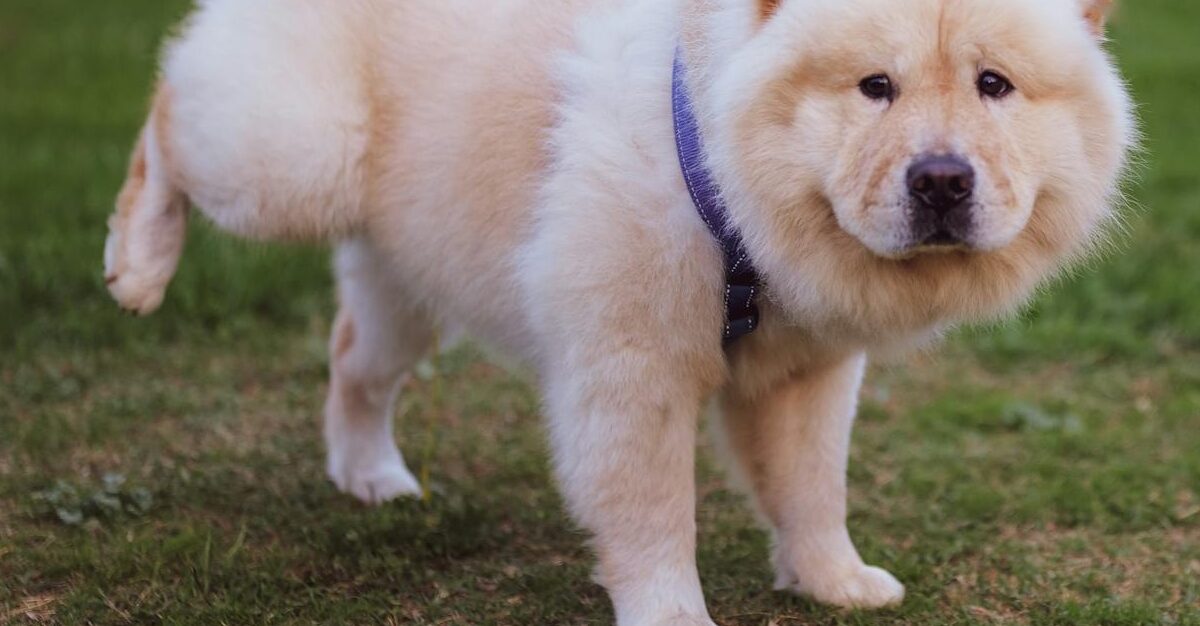Effective Recall Strategies for Dog Training
When it comes to teaching your dog to come when called, also known as recall, it’s like playing a game of tag—you want them to rush to you with excitement, not dodge away like they’ve won the gold medal in evasion. Here’s how you can master this essential skill without turning it into a frustrating chase scene.
Start Small with Short Distances
Imagine you’re teaching your dog the basics of a new game. Begin in a quiet, familiar space with minimal distractions. Keep the distance short and sweet. Start with “come” in a clear, happy voice. Make it a game they’ll win every time!
Build Up to Greater Challenges
Once your dog gets the hang of coming when called in the living room, it’s time to level up. Gradually increase the distance between you and your furry pal. Add distractions like toys or treats on the ground, but don’t forget to cheer them on!
Make It Worth Their While
Just like you wouldn’t do something boring for a paycheck of a penny, your dog won’t respond well to an empty “good job.” Reward them with high-value treats or their favorite toy when they nail that recall. Positive reinforcement is key to making them want to come back to you every time!
Stay Patient and Persistent
Remember, Rome wasn’t built in a day, and your dog won’t become a recall champion overnight. Consistency is your best friend here. Practice regularly, even if it’s just for a few minutes each day. Soon enough, you’ll both be mastering the art of recall like seasoned pros!
Troubleshooting: When Things Go Pawfully Wrong
Even the best-trained dogs can have off days. If your pup suddenly decides that “come” means “I’ll be there when I feel like it,” don’t lose heart. Check for distractions, like that squirrel they’ve been eyeing, and up the treat ante. Stay calm and keep practicing—you’re in this together!
Final Thoughts
Mastering recall isn’t just about teaching your dog a command. It’s about building trust and ensuring their safety, whether you’re at the park or just stepping out the front door. With patience, positivity, and a few well-timed treats, you’ll soon have a dog who comes running at the mere whisper of their name. Happy training!
Remember, your bond with your dog grows stronger with each successful recall. Keep it fun, keep it positive, and enjoy the journey of becoming a true dog trainer in your furry friend’s eyes!
The Importance of Consistent Practice in Dog Training
Consistency is like the secret sauce in a recipe—it makes all the difference in how your dog learns and responds to commands. Here’s why sticking to a regular training routine can turn your pup into a well-behaved superstar.
Building Strong Foundations
Think of dog training as building a house. Consistent practice lays the sturdy foundation upon which all other skills are built. Whether it’s teaching basic commands or refining advanced tricks, regular practice reinforces what your dog has learned and helps them retain it for the long haul.
Reinforcing Positive Behavior
Consistency sends a clear message to your dog: good behavior equals rewards and praise. When you consistently reward desirable actions like sitting calmly or coming when called, you’re reinforcing these behaviors as the norm. This makes it more likely that your dog will repeat them in various situations, whether at home, on walks, or in crowded places.
Creating Predictability and Trust
Dogs thrive on routine and predictability. Consistent training sessions provide structure and clarity, helping your dog understand what is expected of them. This predictability builds trust between you and your furry companion, making them feel secure and confident in their actions.
How to Maintain Consistency
Now that you know why consistency matters, let’s talk about how to achieve it without feeling like you’re stuck in a Groundhog Day loop.
Set Realistic Goals
Start small and build from there. Break down training sessions into short, manageable chunks—10 to 15 minutes a few times a day is plenty. Consistency isn’t about marathon sessions; it’s about regular, positive interactions that reinforce learning.
Incorporate Training into Daily Life
Make training a part of your daily routine. Use meal times for quick obedience drills or practice commands during walks. The more you integrate training into everyday activities, the more natural and enjoyable it becomes for both you and your dog.
Stay Patient and Positive
Consistency isn’t just about sticking to a schedule; it’s about maintaining a positive attitude. Dogs pick up on your emotions, so if you approach training with patience and enthusiasm, your dog will respond in kind. Celebrate small successes and be patient with setbacks—it’s all part of the learning process.
Troubleshooting Consistency Challenges
We get it—life happens, and sometimes sticking to a routine feels like trying to herd cats. If you find yourself struggling to maintain consistency, here are a few tips to help you stay on track:
Create Reminders
Set alarms or use apps to remind you of training sessions. Consistency often boils down to remembering to do it in the first place. Once it becomes a habit, you’ll find it easier to stick with.
Enlist Support
Get the whole family involved in training sessions. Consistency is more achievable when everyone follows the same rules and reinforces the same behaviors. Plus, it’s a great bonding experience for everyone.
Adapt and Adjust
Flexibility is key to maintaining consistency. Life is unpredictable, so be prepared to adapt your training schedule as needed. The goal is progress, not perfection, so don’t be too hard on yourself or your dog.

- Ready to turn your dog into a recall rockstar? Whether you’re tackling distractions, boosting confidence, or breaking through stubborn moments, mastering recall is within reach. For personalized guidance and expert tips, contact me at 236-777-5186 or connect with me on Instagram @SAMAKENNEL. Let’s make training fun and effective for you and your furry friend!
Fun Games to Reinforce Recall in Dog Training
Training your dog doesn’t have to feel like a chore—it can be as fun as a game of fetch in the park! Here are some playful ways to enhance your dog’s recall skills while keeping tails wagging and spirits high.
Hide and Seek: A Classic Favorite
Who doesn’t love a game of hide and seek? This timeless game isn’t just for kids—it’s a fantastic way to reinforce your dog’s recall command. Start indoors by hiding behind furniture or doors, then call your dog’s name followed by “come!” When they find you, shower them with praise and treats. As they catch on, amp up the challenge by hiding in more creative spots outdoors.
Recall Relay: Teamwork Makes the Dream Work
Grab a buddy or family member and create a recall relay race. Stand a short distance apart in an open space, each armed with treats. Call your dog back and forth between you, rewarding them each time they race to the next person. This game not only reinforces recall but also adds an element of friendly competition that dogs find irresistible.
Treasure Hunt: Sniffing Out Success
Dogs have an incredible sense of smell, so why not put it to good use with a treasure hunt? Hide treats or favorite toys in various spots around your home or yard. Encourage your dog to search for them using the recall command. Each successful find reinforces their recall skills while satisfying their natural instinct to sniff and explore.
Making Training Time Playtime
Training sessions should feel like playtime, not like going back to school after a long weekend. Keep sessions short and sweet—around 10 to 15 minutes—to maintain your dog’s focus and enthusiasm. Break up the routine with different games and activities to keep them engaged and excited to learn.
Rewarding Effort with Treats and Affection
Positive reinforcement is the bread and butter of effective training. When your dog responds to the recall command, immediately reward them with praise, pets, and of course, tasty treats. This positive feedback encourages them to repeat the behavior, making them eager to come running every time you call.
Building Confidence Through Fun Challenges
Each game you play serves a dual purpose: reinforcing recall skills and boosting your dog’s confidence. As they successfully navigate hide and seek or conquer the recall relay, they gain a sense of achievement and trust in their abilities. This confidence extends beyond training sessions to their everyday interactions with you and the world around them.
Adapting Games for Different Environments
Training shouldn’t be confined to one location. Practice recall games in various environments—like parks, beaches, or busy streets—to help your dog generalize the command across different scenarios. This prepares them to respond reliably no matter where you are, ensuring their safety and your peace of mind.

- Ready to transform your dog into a recall rockstar? Whether you’re facing distractions, overcoming fears, or navigating stubborn streaks, we’ve got you covered with practical tips and playful strategies. Dive into our guide today and start shaping a stronger bond with your furry friend. For personalized advice or to learn more about our training services, reach out to us at 236-777-5186 or connect with us on Instagram @SAMAKENNEL. Let’s make training fun and effective together!
Troubleshooting Fun Game Challenges
Even the most playful training sessions can hit a snag. If your dog seems disinterested or struggles with recall during games, consider these troubleshooting tips:
Increase Motivation: Use higher-value treats or their favorite toy to increase motivation and engagement.
Reduce Distractions: Start in quieter environments before progressing to more stimulating ones.
Shorten Sessions: Keep games short and end on a positive note to prevent frustration or burnout.
Troubleshooting Common Challenges in Dog Training
Even the best dog trainers encounter hurdles along the way. Here’s how to tackle common challenges with a smile and a wagging tail.
Dealing with Distractions: Squirrel!
Ah, the eternal nemesis of recall training: distractions. When your dog’s attention veers off course faster than a squirrel across the yard, it’s time to dial up the focus. Start training in a quiet environment and gradually introduce distractions, like toys or other people. Reward them generously when they ignore the distractions and respond to your call. With patience and persistence, your dog will learn to resist the urge to chase every fluttering leaf.
Overcoming Fear and Anxiety
Some dogs are more anxious than others, and this can hinder their response to recall commands. If your pup freezes or avoids coming to you, it’s essential to address their fears gently. Create positive associations by pairing the recall command with treats or their favorite toy. Gradually build their confidence by starting with short distances and gradually increasing the challenge. Consistent, positive experiences will help your dog overcome their anxiety and respond reliably to your call.
Breaking Through Stubborn Streaks
We all know that one dog who thinks “come” means “let’s play keep-away.” If your dog stubbornly refuses to come when called, resist the urge to chase them—this only turns it into a game of cat and mouse (or dog and human). Instead, make yourself irresistible. Use high-value treats, enthusiastic praise, and even a fun game of tug-of-war as rewards for compliance. Patience and creativity are your allies here. Keep training sessions engaging and rewarding, and soon enough, your dog will realize that coming to you means good times and tasty treats.
Staying Positive in the Face of Challenges
Remember, training isn’t just about teaching commands—it’s about building a trusting relationship with your dog. Stay positive and patient, even when faced with setbacks. Dogs are sensitive to your emotions, so if you’re frustrated or tense, they’ll pick up on it. Approach each training session as a fun opportunity to bond and learn together. Celebrate every small success, and don’t dwell on the occasional hiccup. With time and dedication, you and your dog will overcome any challenges that come your way.
Final Thoughts
Navigating the challenges of dog training can be like solving a puzzle—each piece fits together to create a picture of success. By addressing common hurdles with creativity, patience, and a sprinkle of humor, you’ll build a strong foundation for effective recall training. Remember, every dog learns at their own pace, so celebrate progress and enjoy the journey of becoming a skilled dog trainer in your dog’s eyes. With these tips in your toolkit, you’re well on your way to mastering the art of recall training and enjoying a closer, more harmonious relationship with your furry companion. Happy training!




